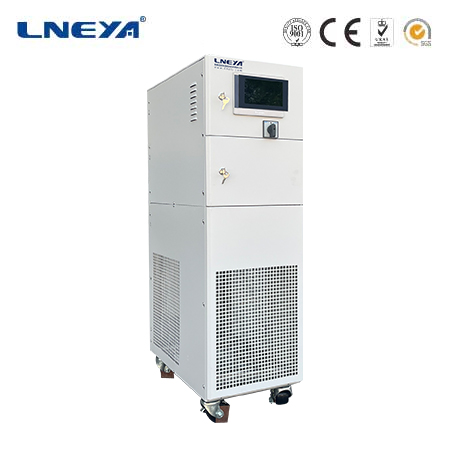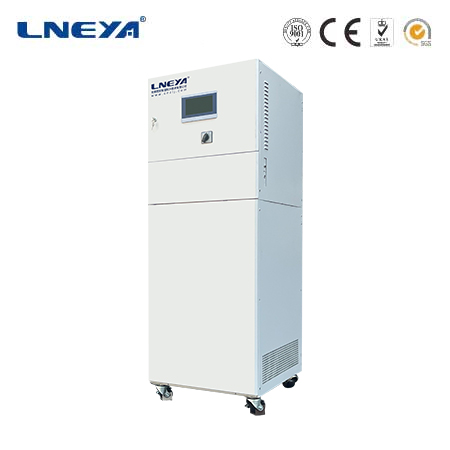heated circulating baths
Heated Circulating Baths: Precision Temperature Control for Diverse Applications
Heated circulating baths play a crucial role in scientific laboratories and industrial processes where maintaining a precise temperature is essential. These devices use a circulating medium, typically a mixture of glycol and water, to maintain and control temperatures within a specified range. The heated circulating baths are designed to provide uniform temperature control for applications such as chemical reactions, distillations, and temperature-sensitive processes in biotechnology and pharmaceutical industries.

Types of Heated Circulating Baths
Heated circulating baths can be categorized into two main types based on their cooling capabilities:
Refrigerated Circulating Baths: These baths have the ability to both heat and cool the circulating medium, allowing for a wider temperature range. They are suitable for applications requiring temperature control above and below ambient conditions.
Heated Circulating Baths: These are designed specifically for heating applications and may not have the capability to cool the medium. They are used when only temperature control above ambient is required.
Efficiency and Temperature Control
The efficiency of a heated circulating bath is determined by its ability to maintain a stable temperature and circulate the heating medium evenly. Features like temperature stability, uniform circulation, and rapid temperature ramp rates are critical for precise control. Advanced models may include features likeCool Command™ Technology for efficient heat removal and WhisperCool™ Environmental Control System for energy-efficient operation.

Market Trends
The market for heated circulating baths is experiencing growth due to the increasing demand for advanced temperature control solutions in research laboratories, pharmaceutical production, and industrial processes. Technological advancements, such as touch-screen interfaces, programmable temperature controls, and USB ports for data logging, are driving market growth.
Technical Specifications
When selecting a heated circulating bath, several technical specifications should be considered:
Temperature Range: The bath should be capable of reaching the desired temperature range for the application, from sub-ambient to high temperatures above 100°C.
Temperature Stability: High precision in temperature control is crucial, with some models offering stability to within ±0.005°C.
Bath Volume: The volume of the bath should accommodate the size of the application, whether it’s a small beaker or a large reaction vessel.

Circulation System: The pump capacity and flow rate determine how quickly and effectively the temperature can be均匀ly distributed throughout the medium.
Controller Type: Modern controllers offer intuitive interfaces, programmable temperature profiles, and communication options for integration with other laboratory devices.
Applications
Heated circulating baths are used in a variety of applications, including:
Chemical Reactions: Maintaining precise temperatures for exothermic or endothermic reactions.
Distillation Processes: Controlling the temperature of the distillation flask to ensure efficient separation of components.
Biotechnology Applications: Providing temperature control for fermentation processes, cell cultures, and other temperature-sensitive biological experiments.
Pharmaceutical Development: Supporting temperature-controlled environments for drug stability testing and other pharmaceutical processes.
In conclusion, heated circulating baths are indispensable tools in scientific research and industrial processes where precise temperature control is required. With advancements in technology and increasing demand in various sectors, the market for these baths is expected to continue growing, offering more sophisticated and efficient solutions for temperature control.
Related recommendations
chiller control system
479Chiller Control System A chiller control system is an essential part of a refrigeration system that is responsible for maintaining the desired temperature by removing heat from a process or spa...
View detailsheating and cooling control systems
502Introduction to Heating and Cooling Control SystemsHeating and cooling control systems are critical components of modern HVAC systems, allowing for precise temperature regulation and energy manage...
View detailsthermal liquid heating system
604Introduction to Thermal Liquid Heating Systems Thermal liquid heating systems, also known as hot oil or heat transfer fluid systems, are engineered to transfer heat generated from a central hea...
View detailschiller system operation
521Chiller System Operation: A Comprehensive Guide Chiller systems are indispensable for maintaining comfortable temperatures in commercial buildings, industrial processes, and data centers. These...
View details
 LNEYA Thermal Test Chillers
LNEYA Thermal Test Chillers







HelloPlease log in